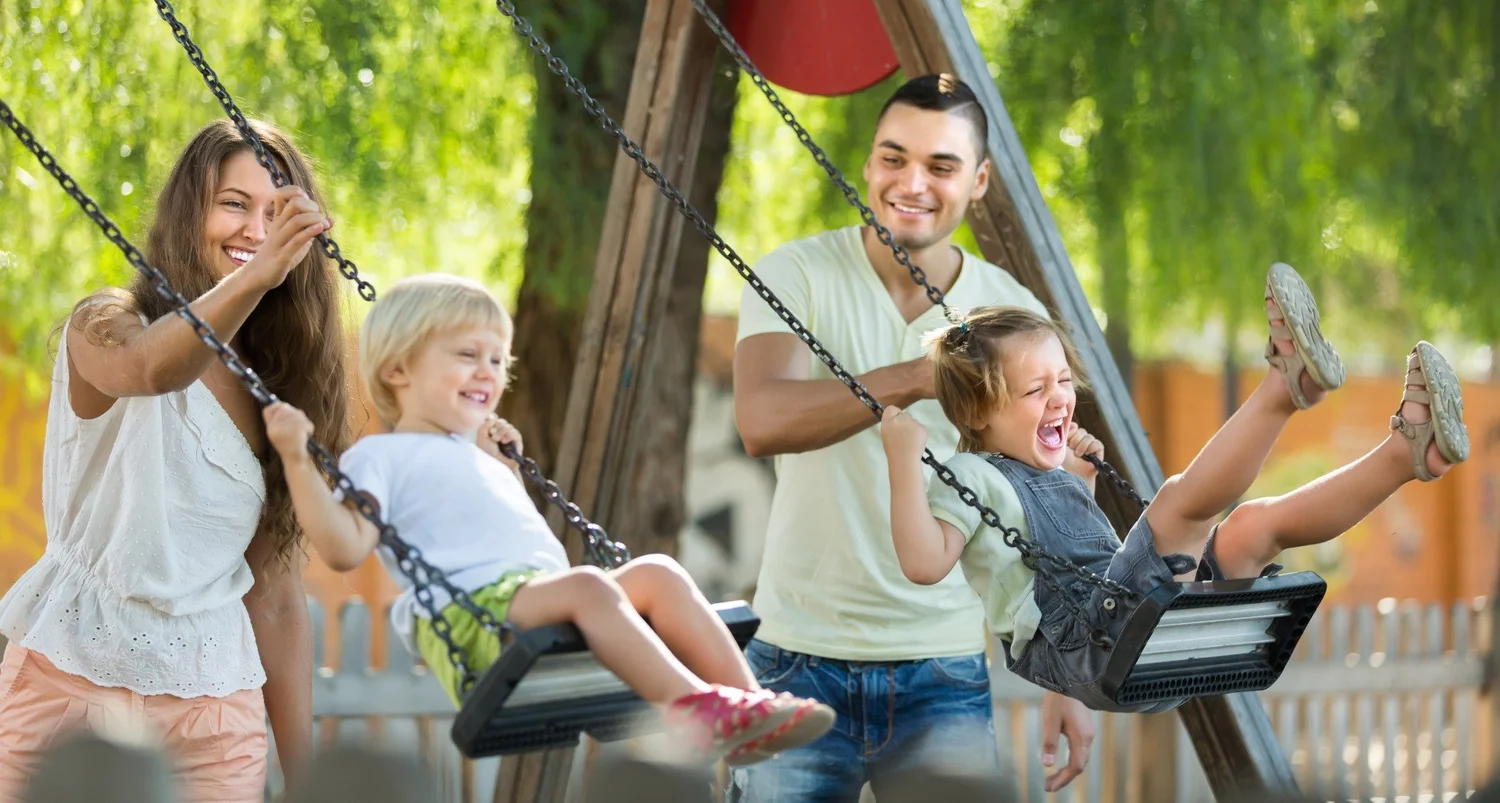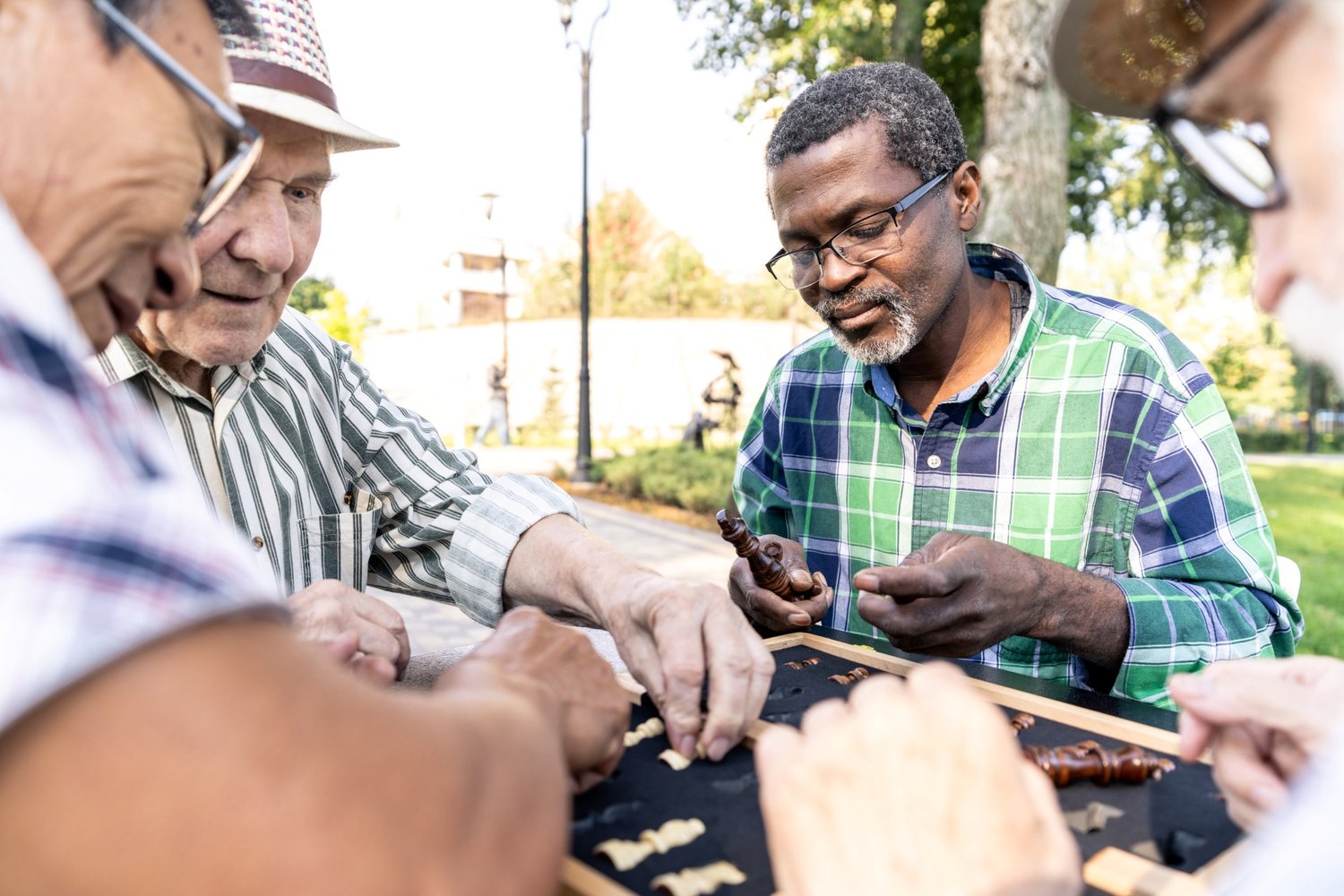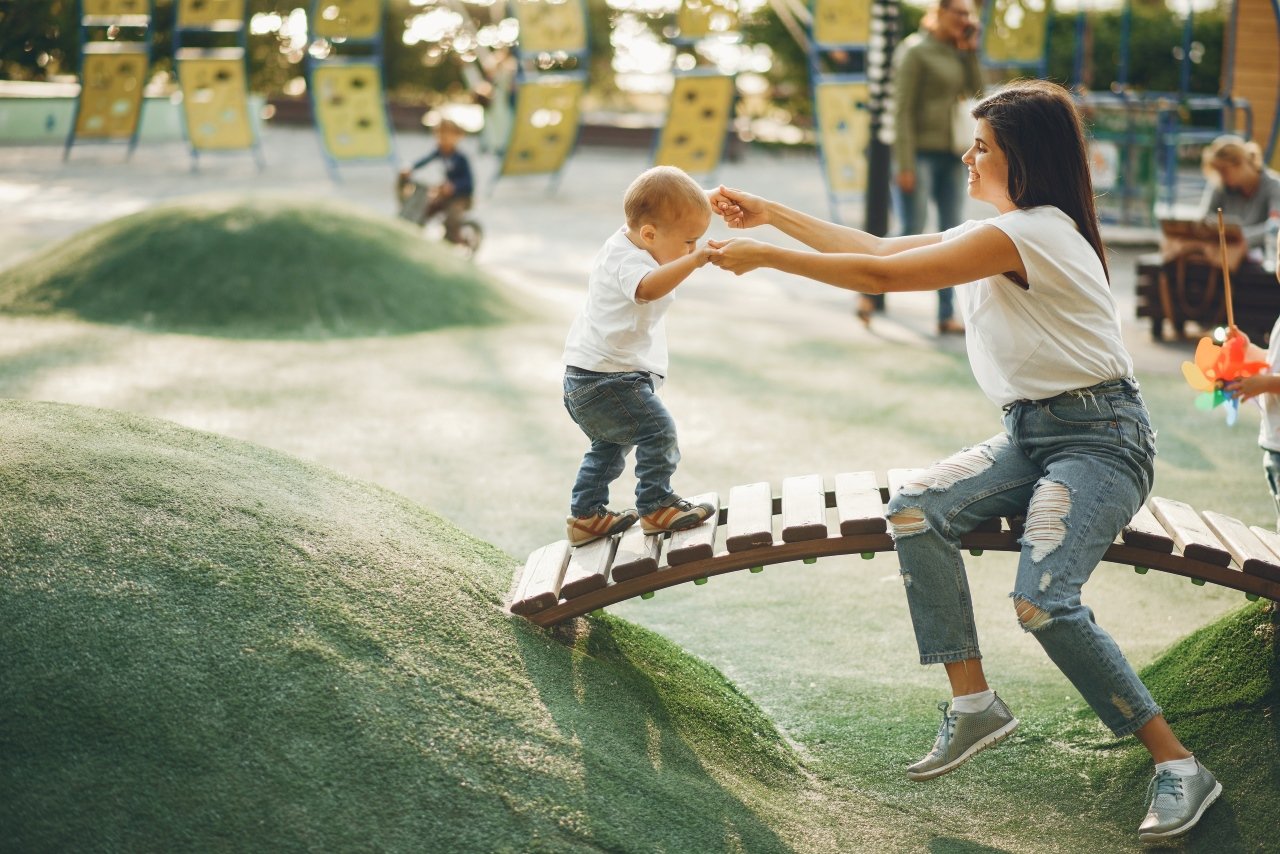If you’re like me, you hate stock marketing images like the ones I’m using here. They communicate the opposite of authenticity – you can always spot them for being somehow fake. So why am I using them? Because even while trying to create authentic public spaces that strengthen communities, there are some marketing tricks that can be quite useful, even though they rely on faceless data collected on a mass scale.
In this post, I want to unpack the role of user personas in designing public spaces, focusing on how they can help you program and design a space that has broad, but targeted appeal.
What are User Personas?
User personas are fictional yet grounded representations of different user groups that might interact with a product, service, or in our case, a public space. Personas are based on real data collected from various sources such as interviews, surveys, and observations. Each persona typically includes a user’s demographic information, needs, goals, motivations, and behavioral patterns.
By using user personas (which are typically created by marketing professionals immersed in data), designers can empathize with different potential users, understand their needs, and design solutions that meet those needs. In the context of public space design, user personas can help planners identify what features, amenities, and program offerings would be most engaging for different user groups.
Behavior Settings and Affordances
Before delving into how user personas can help, it’s important to understand two terms: behavior settings and affordances.

Behavior settings, a term coined by ecological psychologist Roger Barker, refers to a specific environment’s physical and social characteristics that influence and dictate certain patterns of behavior. For example, a playground is a behavior setting that encourages children to play, run around, and interact with each other. [See also this link].
Affordances, a concept introduced by psychologist James Gibson, are opportunities for interaction offered by an environment or an object. For example, a bench in a park affords sitting, a wide-open field affords running or playing, and a stage in a public square affords performances or gatherings. [See also this article].
When designing public spaces, I employ behavior settings to plan for desired behaviors and I use affordances to specify opportunities for people to interact with features in the space to make it their own.
Applying User Personas to Public Space Design
So, how do user personas come into play? By understanding our users (i.e., the community or public using the space), we can create spaces that cater to their needs, preferences, and behaviors.
Here’s an example of how this might work using four user personas:
The Retiree: Let’s say we think that older adults in the community will value the public space for relaxation, exercise, and socializing. For them, the behavior setting might include quiet, shady spots with plenty of seating areas. The affordances could include chess tables or exercise equipment tailored for older adults.

The Young Parent: This persona embodies parents with young children. For them, a behavior setting might be a safe, enclosed playground area that allows children to play while parents can watch over them. The affordances could include playground equipment, picnic tables, and nearby restrooms.

The Fitness Enthusiast: This persona captures people who use public space for exercise and fitness activities. The behavior setting could be a well-maintained jogging track or a grassy field for yoga or group exercises. The affordances could include fitness stations, water fountains, and well-marked running paths.

The Culture Maven: This persona includes individuals who are Urban Gen Xers and Millennials seeking new experiences, food exploration, and vibrant culture. Mostly social extroverts, they seek communal atmospheres, community events, and personal connections with peers. For them, a behavior setting might be a versatile community space that can host farmers’ markets, concerts, or outdoor movies. The affordances could include a stage and seating options with an edgy designer vibe.

A Grain of Salt
User personas can complement public engagement methods and help us imagine the different types of individuals who might use the space. They should not be the sole basis for decision-making in designing public spaces, not least because in many cases they may not accurately mirror your community. Think of user personas as one piece of the puzzle. If they align with other data gathered about your current community, it’s an indication that you’re on the right path.
User personas can prove valuable for:
– Gaining a deeper, more personal understanding of your potential users, including their desires, needs, challenges, and the circumstances they bring to their interactions with your public space.
– Crafting early engagement strategies, promotional campaigns, and content to attract community members to the space.
– Refining the design of your public space by segmenting users into key groups with distinct behaviors, needs, or community roles.
– Creating a common understanding amongst internal teams about how users might interact with the public space at each phase of its usage, from initial exploration to regular utilization.
As a planner, I’ve found it rewarding to collaborate with marketing professionals or others who have access to this kind of information. It enriches the design process, shedding light on perspectives that might not emerge in a typical public meeting or survey. Ultimately, the goal is to weave together these various data sources to create public spaces that truly serve the community—spaces that are vibrant, inclusive, and full of opportunities for interaction and engagement.
Bridging the Gap Between Public Engagement and Data-Driven Approaches
In the evolving field of public space design, it’s crucial to stay open to new methodologies. As we reflect on how we design vibrant public spaces, our tools must be as diverse as the communities we serve. Traditional methods of gathering public input, such as public meetings, interviews, focus groups, and surveys, play an indispensable role. These methods facilitate direct communication with the community, allowing us to understand their experiences, needs, and desires firsthand. These interactions serve as the backbone of any public space project, ensuring that the voices of those who will use the space are heard and incorporated into the final design.
However, it’s important to acknowledge that there are rich sources of data that are often overlooked or underutilized in the field of public space design. User personas and user journeys, typically employed by marketing professionals, hold significant untapped potential for our work. They can provide nuanced insights into the different user groups within a community, helping us anticipate their needs, preferences, and behaviors.



